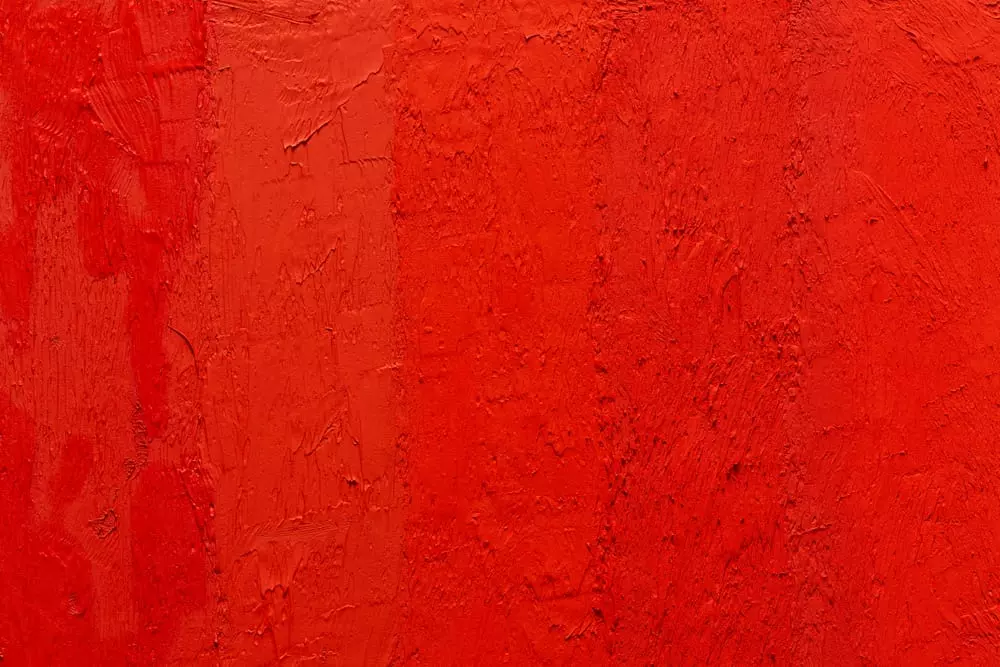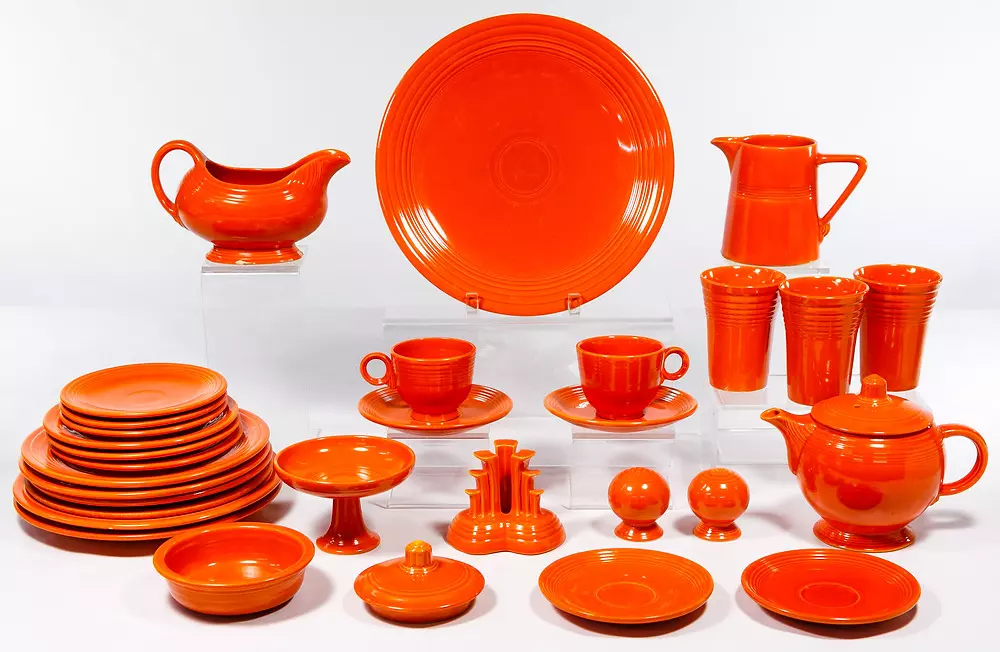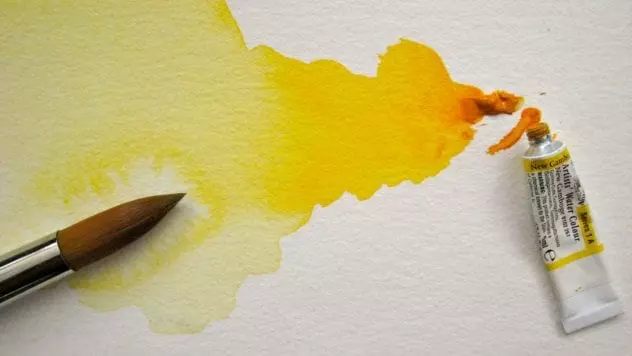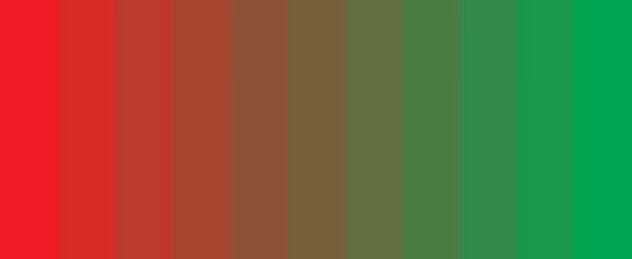
You may believe that you are free to use any colors you desire. However, some colours can be quite difficult to come by. Some colours are simply off-limits, whether they're harmful, obsolete, unlawful, or trademarked.

Via Giphy

Mummy brown
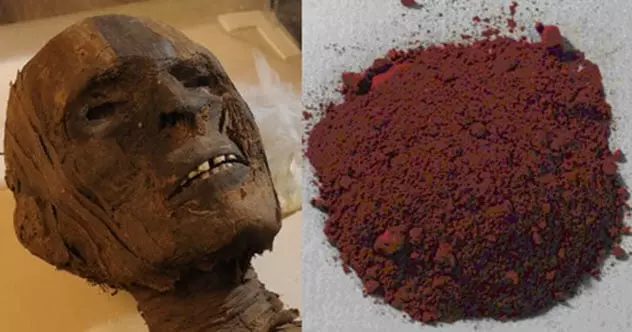
Via Listverse
In the 16th century, a new brown paint shade known as "Mummy Brown" began to appear in European painting. You might believe that this is just a clever name, but this paint was manufactured from crushed ancient Egyptians. Mummies were utilized as décor, medicine, paper, and even party games at mummy unrolling events in the nineteenth century, spreading "Egyptomania" across Europe and the United States. The particular method for preparing the hue varied a lot, and it's nearly hard to identify if a painting utilized it today without doing some type of analysis, but all of the versions involved genuine mummy.

Via Giphy
However, not everyone knew what the paint was comprised of. Edward Burnes-Jones, a painter, discovered the true origins of the material he had been using and arranged an impromptu burial for the mummy in his lawn. The reign of the color, like that of ancient Egypt, had to come to an end. "We might have a few odd limbs hanging around somewhere but not enough to manufacture any more paint," said the developer of mummy brown paint in 1964, indicating that they had run out of mummies. You might have problems finding the ingredients today if you wish to reproduce the color.

Vantablack
Via Giphy
Vantablack is one of the darkest hues that man has ever seen. It was created in the early 2000s by the British company Surrey NanoSystems and can absorb 99.965 percent of visible light. It held the Guinness World Record for darkest man-made substance until 2015, when it was surpassed by a compound known as "black chamaleon dimers," which has a far less appealing name. It has the potential to capture solar energy while keeping light out of telescopes and infrared cameras. It could also be used for military purposes, such as camouflage.
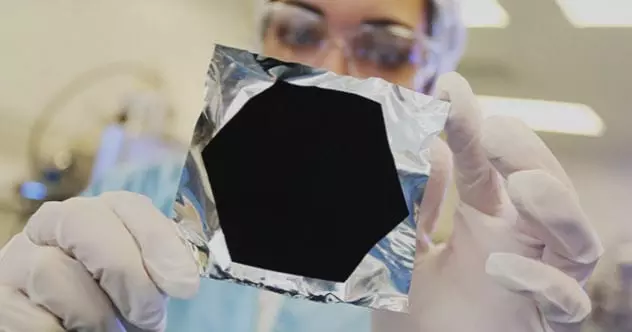
Via Listverse
However, if you want to produce a modern art work or adorn your bedroom with vantablack paint, you're out of luck. Unless, of course, your name is Anish Kapoor, who has exclusive rights to utilize the commodity in art. Kapoor, who is best known for the bean-shaped "Cloud Gate" sculpture in Chicago, has been chastised for attempting to own a full color spectrum. Stuart Semple retaliated by inventing a slew of new colors, including "Pinkest Pink," "Black 2.0," "Black 3.0," and "Diamond Dust," which anyone in the world is free to use... except Anish Kapoor. Singularity Black, manufactured by NanoLab in Massachusetts, is a similar substance to Vantablack that is available to the general public, so if you really want something to be as dark as possible, give them a call.

Tyrian Purple
Via Realm of History
For generations, royal purple colors have been linked with nobility, and the association continues to this day. Any non-noble who dared to wear purple during the Roman Empire risked being executed. As part of the Sumptuary Laws, which restricted what each social class might wear, Queen Elizabeth I forbade anybody outside her family from wearing it. This reddish-purple colour was considered to resemble dried blood, tying royals to the idea of divine bloodlines. It was popular among Egypt's ruling class, Persia's ruling class, and the Roman Empire's ruling class until the mid-1500s.
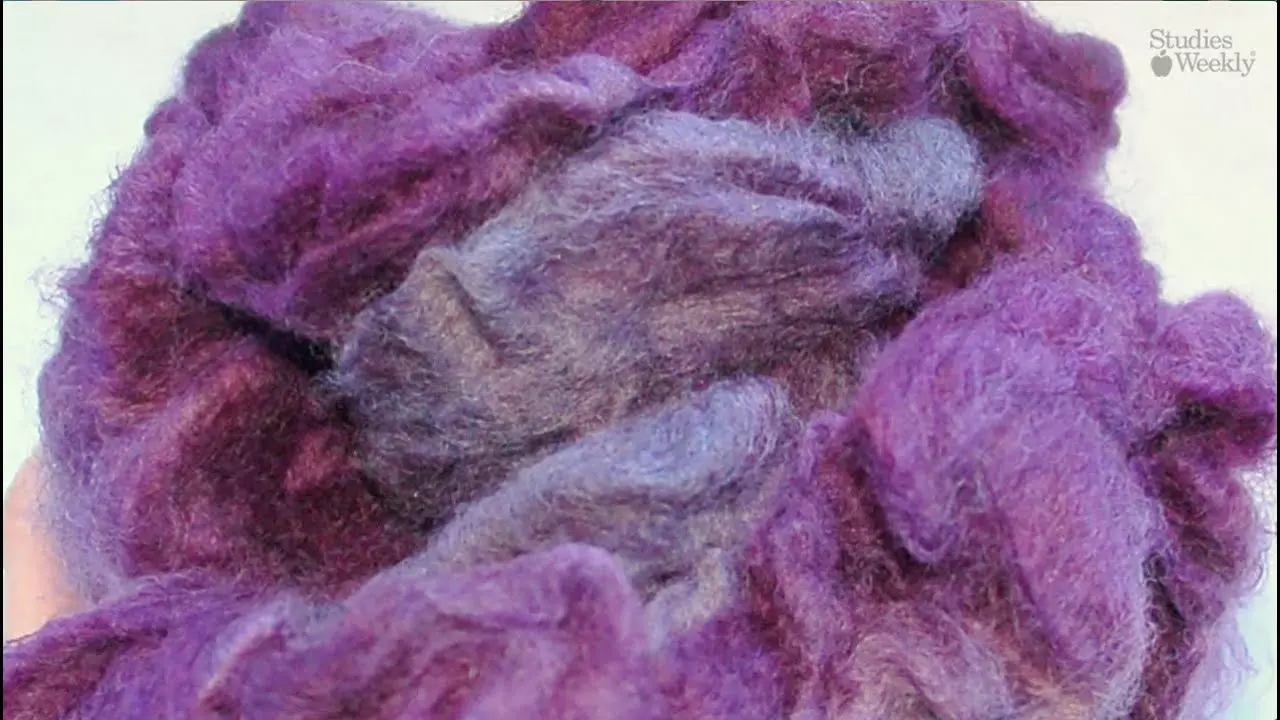
Via YouTube
Purple dye was extremely difficult and expensive to create, which is why it was so scarce. Tyre, a Phoenician city, was the principal producer of the dye known as Tyrian purple, royal purple, or Imperial purple. Hundreds of thousands of sea snails had to be collected, fractured, and exposed to sunlight in order to extract the pigment (which produced a truly horrible smell). For one ounce of dye, this method took up to 250,000 snails, making it prohibitively expensive for practically everyone, and the snails were exclusively native to the Mediterranean. This dye produced garments that never faded and was practically worth its weight in gold. While working on an anti-malaria cure in 1856, a juvenile chemist named William Henry Perkin inadvertently produced a more cheaper purple dye. Purple became more accessible to the general public because to this new dye, which was later dubbed "mauve."

Vermillion
Via Shutterstock
Vermillion is also known by the names cinnabar and China red, but you don't want to mix any of these up at home. Mercury gives vermillion its red-orange tint, and the smaller the mercury particles are, the brighter the red vermillion becomes. Since the Ancient Romans took it from Spain and utilised it in cosmetics and art, it has been used for about 8,000 years. It was also employed to enliven manuscripts in the Middle Ages.
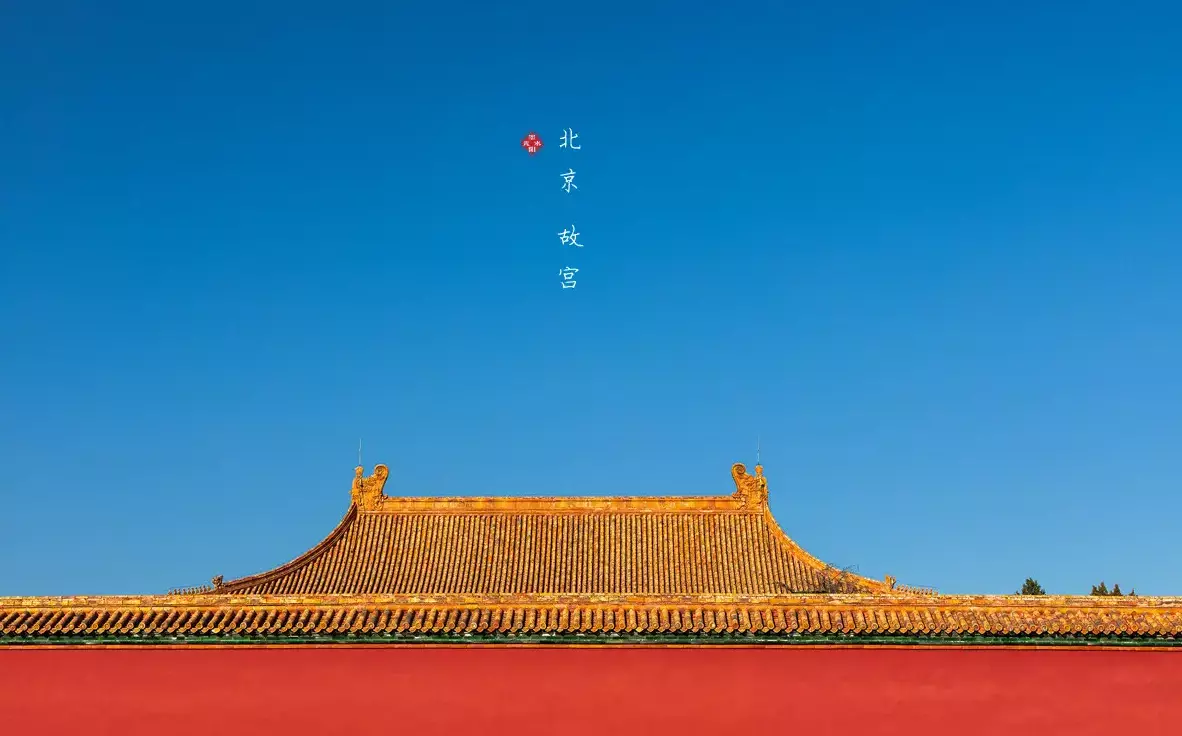
via Baidu
In the Spanish mines of Almadén, prisoners and slaves were assigned the hazardous task of mining cinnabar, which was then burned and crushed to form pigment. It was also popular in Renaissance art and, of course, in China, where it received its other name. There it was mixed with tree sap and used for temples, ink, and pottery.
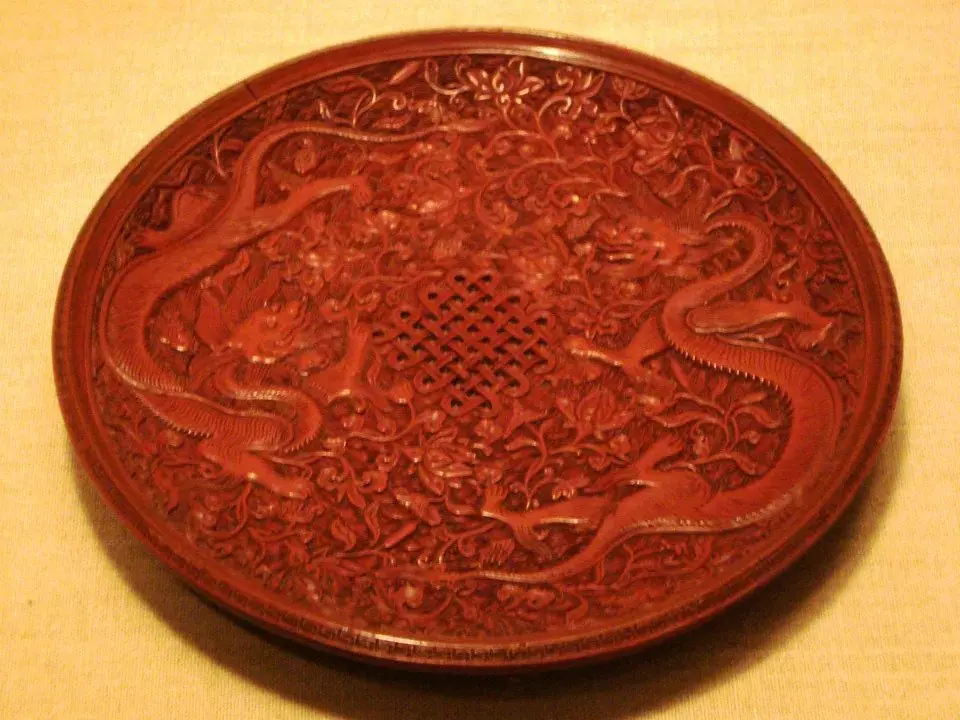
Via Google
Synthetic cinnabar was made by the Ancient Chinese, although it was still hazardous. Cadmium red eventually supplanted vermillion as the paint of choice for artists in the twentieth century, as it was far less toxic and did not fade into a reddish-brown, as vermillion did. Bright red-orange is still connected with good fortune and happiness in traditional Chinese culture.

Lead white

Via Shutterstock
The ancient Greeks, Romans, and Egyptians used this thick white pigment for make-up, medicine, and paint as early as the 4th century B.C. Pliny and Vestruvious, two ancient Greek authors, even mentioned it in their works. It was easy to make because all you had to do was soak lead metal in vinegar and scrape off the white powder that formed. Many manufacturers and artists suffered from a condition known as "Painter's Colic," which is today known as lead poisoning.
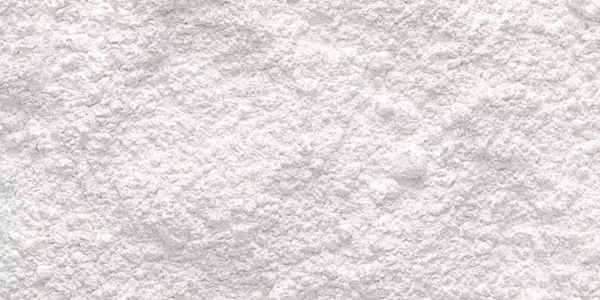
Via Dreamstime
The thick viscosity and quick drying speed of lead white made it a favorite of artists all over Europe. However, lead can enter the body through inhalation, ingestion, or absorption, causing long-term harm to the brain and kidneys. Despite the fact that it was obvious that this paint was dangerous, painters couldn't find a decent match for its creamy warm tones, thus it was utilised until the 1970s when it was finally outlawed.

Uranium orange
Via Yesterday's News
Fiestaware, a ceramics manufacturer, began producing a vibrant new range of dinnerware in 1936. These plates first appeared in households across America in a bright orange-red color known as "Fiesta Red." The vivid color came from the radioactive uranium oxide. The production of these orange dishes was halted from 1943 to 1959 because uranium was forbidden from civilian usage to save it for the war effort. When they restarted manufacturing, they employed a little less radioactive form of uranium called depleted uranium, which is slightly less radioactive than natural uranium.

Via Giphy
The EPA warns that many dishes from the historical period were made with radioactive materials, and that they can currently release alpha, beta, and gamma radiation. Fiesta red plates were produced until 1972, when the line was discontinued, but collectors still prize them, despite the fact that it is not suggested to eat off them, especially acidic foods. Fiestaware still creates tableware, albeit the colors won't match the previous ones because its glazes no longer include uranium or lead.

Radium green
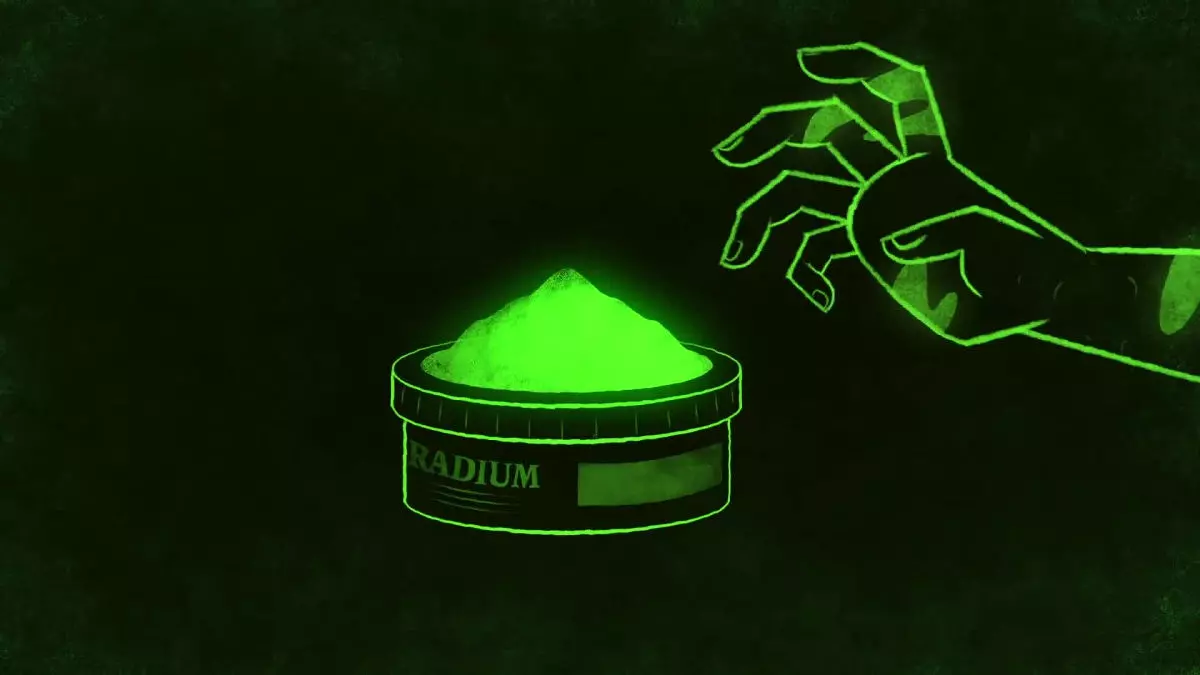
Via Gigazine
In 1908, a completely new paint was introduced. It was self-luminous and gleamed a bright green in the dark, making it ideal for use in timepieces and compasses at night. Radium was widely utilized in drinks, confectionery, creams & lotions, soap, spas, and swimming pools from the late 1800s until the early 1900s. The idea of a healthy glow became associated with the shining, fizzing radium. The watches were first utilized by the military during World War I, and following the war, they became more widely available to the general public.
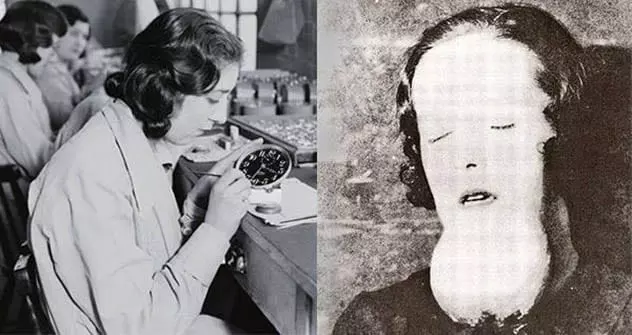
Via Listverse
A group of young women and girls, subsequently known as "the Radium Girls," worked in the factory painting watch faces, and it was considered an artistic employment with access to this delightful, newly discovered material. The females licked their paint brushes to make them pointy, and they also splattered the dye on their fair and face to make them glow in the dark at parties. The girls began to show signs of radiation poisoning in the 1920s. Before the condition was identified, they developed sores, rotten jaws, and teeth, and several perished. Grace Fryer sapearheaded a class action lawsuit against the New Jersey factory in 1928, sparking a media frenzy. The females were victorious. In the 1950s, several of the surviving girls accepted to be examined, and the United States greatly expanded its knowledge of the effects of radium on the body. In 1968, radium paint for timepieces was officially phased out. Today's glow-in-the-dark items are almost always created with photoluminesce, which absorbs and then re-emits non-toxic light.

Gamboge yellow
Via Listverse
In the 1600s, the British East India Company returned from Asia with a new bright yellow pigment. Gamboge was named after Cambodia, which was previously known as "Camoboja" after the Latin word "gambogium," which means pigment. It was collected for at least 10 years as sap from bamboo shoots of trees, then ground into fine powder or hard pebbles that could be painted with while wet. This sap was poisonous in and of itself, but that was not the sole reason for gamboge's demise. The color was employed in traditional Chinese painting, but it faded quickly and is difficult to identify now.
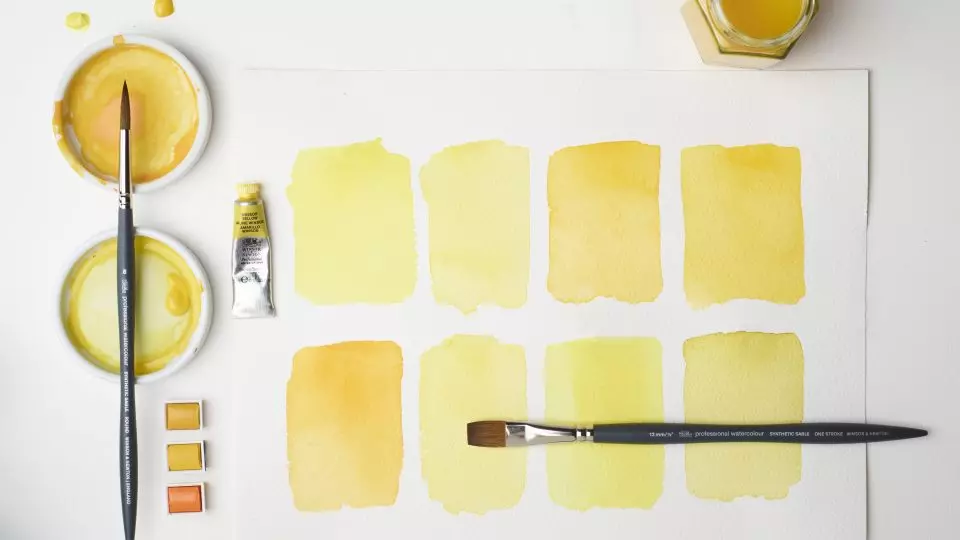
Via Google
A snake oil salesman named James Morrison came out with "Morrison's vegetable pills" made of gamboge in the mid-1800s in England, which operated as a potent diuretic and laxative. Doctors immediately discovered that gamboge inflamed the skin and might be fatal in little doses as a medication. A bullet was discovered in a piece of gamboge by a Winsor & Newton paint studio employee in the 1980s, and it was shortly revealed that it had been recovered from the Khmer Rouge's killing grounds. Winsor & Newton discontinued Gamboge in 2005, replacing it with a non-toxic variant known as the "New Gamboge."

Red-green and blue-yellow
Via Listverse
These two colors are not forbidden by any ruler or made of some deadly material. The problem with these colors is that they are almost impossible to see. Red and green cancel each other out inside of the human eye and blue and yellow do as well. The retinas of the human eye allow us to take incoming light and make specific neuron fire in the brain to recognize each color. But these pairs of colors inhibit each other in the brain, so they cannot be viewed simultaneously.

Via Giphy
Until 1983, when Hewitt Crane and Thomas Piantanida, two scientists, conducted an experiment. Volunteers were presented yellow/blue or red/green stripes next to each other. Using an eye tracker, each eye was forced to fixate on a particular hue. Their eyes were fooled into gently mixing the hues and forming a new shade as a result of this. Participants allegedly struggled to describe the colors because no words existed for them. When Dartmouth University and scientist Po-Jang Hsieh conducted a follow-up study in 2006, volunteers were given a color mapper to try to match the impossible colors they observed, and some chose a brownish color known as "mud" for the red-green combination.

Scheele’s green
Via My Meural
A novel new dye swept Victorian high society in the early 1800s. Carl Wilhelm Scheele, a German colorist, created a vivid green that quickly became the go-to shade for ladies attending parties across Western Europe. Nighttime activities were brightened by new gas lamp technology, and this emerald green was ideal for making a statement as a modern and fashionable woman. Sheele's green was soon found in clothing, wallpaper, carpeting, and fake plants all throughout the UK.
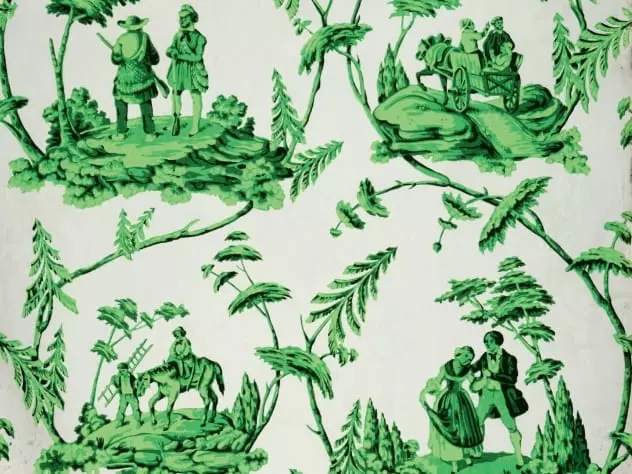
Via Listverse
Unfortunately, the copper arsenite used to create this new dye color contained the dangerous ingredient arsenic. Blisters came out on the women who wore it. In their green living rooms, families began vomiting. Organ failure struck factory workers who used the dye on a daily basis. Matilda Scheurer, a false flower manufacturer, died in a horrible manner, vomiting green, turning green in the whites of her eyes, and telling people that everything she saw was green. Although people were recognized that arsenic was poisonous when consumed, the publicity surrounding Sheele's green helped to disseminate the concept that the substance could also kill through other means of exposure. Despite doctors and the media rapidlyrecognizing the link, people ignored the warnings until 1895, ostensibly for the sake of fashion.

Via Giphy
Did you find the above article intriguing. Do let us know in the comments!
RECOMMEND ARTICLES

How BTS Is Taking Over The World

The Top 5 Cartoons Each Child Should See This Spring

Ever Wonder What Disney's Pixie Hollow Fairy You Are? Find Out Here!

45 Foods And Drinks From Disney World That You Must Add To Your List

Which Disney Princess Are You Based On Your Myers-Briggs Personality Type

7 Spooky Halloween Facts - Halloween Information Kids Should Know

12 Of The Most Hilarious Memes To Have Resulted From Among Us

Did You Know? These 10 Superstars All Have Gay Parents!

12 Actors Who Got Their Big Break By Being In The Right Place At The Right Time Despite Having No Experience

I Watched The Fly And I’m Literally Mind Blown
Most Read

10 Animals Who’ve Lost All Sense Of Shame

10 Of The Best Beauty Looks From The 2020 Golden Globes Are All Set For You

Top 5 Reasons Why Incredibles 2 Is Still The Most Incredible Disney Film

Which Marvel Superhero Were You In Your Past Life?

Here Are 7 Things You Need To Know If You Haven't Played Fortnite Before

Harry Potter Characters Ranked From WORST To BEST




